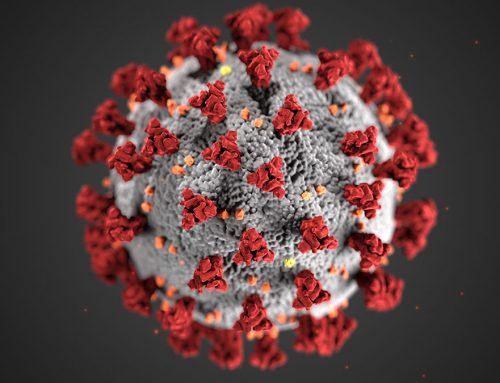Media Advisory
Thursday, August 27, 2020
What
A collaborative study conducted by scientists from the National Institutes of Health, Department of Defense (DOD), and multiple academic institutions has identified blood biomarkers that could help to predict which athletes need additional time to recover from a sports related concussion. This collaboration, known as the Concussion Assessment, Research, and Education (CARE) consortium, is supported, in part, by DOD and the National Collegiate Athletic Association (NCAA).
In this study, conducted at several sites across the U.S., 127 male and female collegiate athletes who had sustained a sports-related concussion were tested at several time points: shortly after injury, when their symptoms resolved, and one week after returning to play. Each athlete had also undergone preseason, baseline testing.
Using an ultrasensitive assay that can detect minute amounts of protein, the researchers tested blood serum from these athletes and identified two blood proteins that were associated with the length of time needed by the athletes to return to play. Amounts of these two proteins, tau protein and glial fibrillary acidic protein (GFAP) were found to be significantly different in athletes who needed less or more than 14 days to return. While further research is needed, the results of this study are an important step towards the development of a test that could help predict which athletes need more time to recover from a concussion and resume activity.
This study was published in JAMA Network Open.
Who
NINR Acting Scientific Director and study author Jessica M. Gill, Ph.D., R.N., FAAN is available for comment.
Article
CL Pattinson et al. Plasma Biomarker Concentrations Associated with Return to Sport Following Sport-Related Concussion in Collegiate Athletes – A Concussion Assessment, Research, and Education (CARE) Consortium Study. JAMA Network Open. 2020;3(8):e2013191. doi:10.1001/jamanetworkopen.2020.13191
NINR supports research and training to advance symptom science, promote wellness, support self-management of chronic conditions, enhance palliative and end-of-life care, and develop the next generation of nurse scientists. For more information about NINR, visit https://www.ninr.nih.gov.
About the National Institutes of Health (NIH):
NIH, the nation’s medical research agency, includes 27 Institutes and Centers and is a component of the U.S. Department of Health and Human Services. NIH is the primary federal agency conducting and supporting basic, clinical, and translational medical research, and is investigating the causes, treatments, and cures for both common and rare diseases. For more information about NIH and its programs, visit www.nih.gov.
NIH…Turning Discovery Into Health®






Leave a Reply